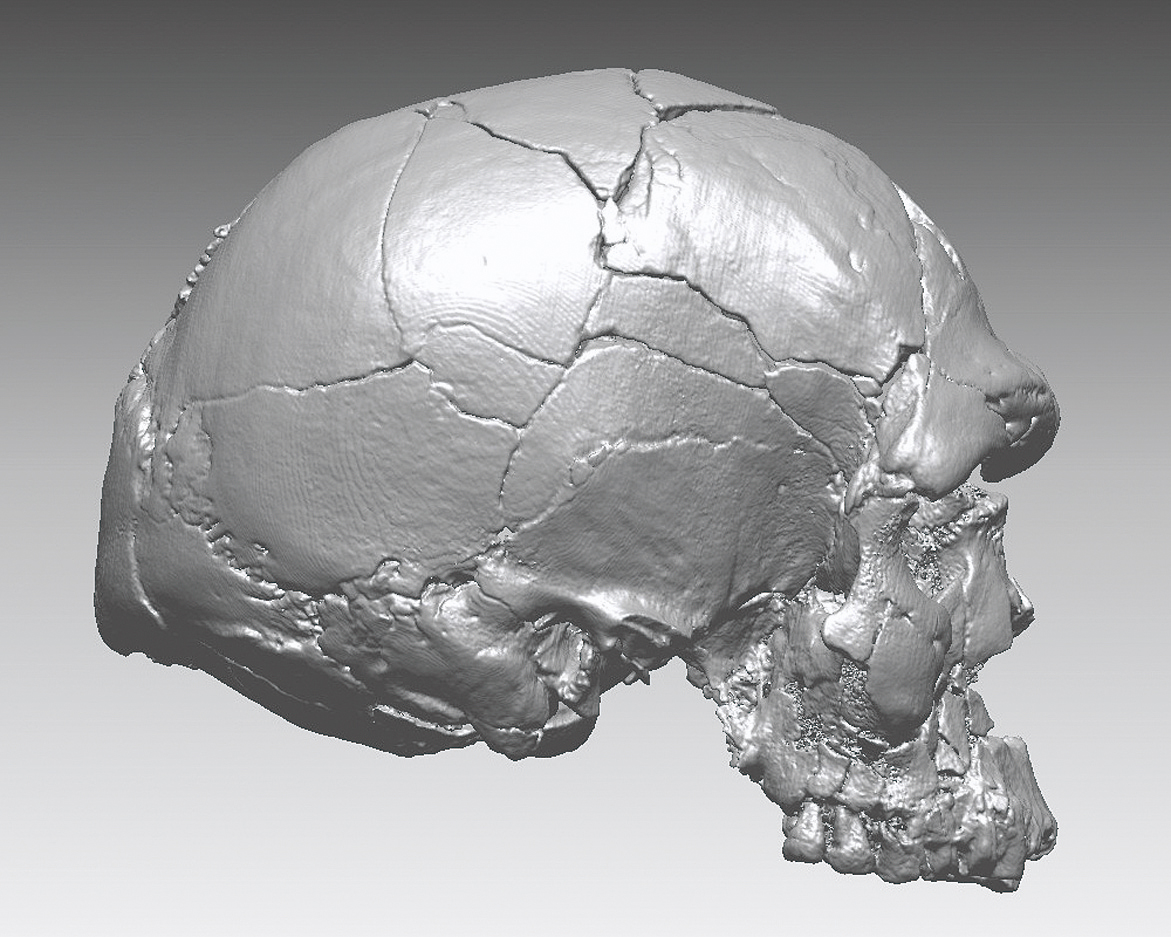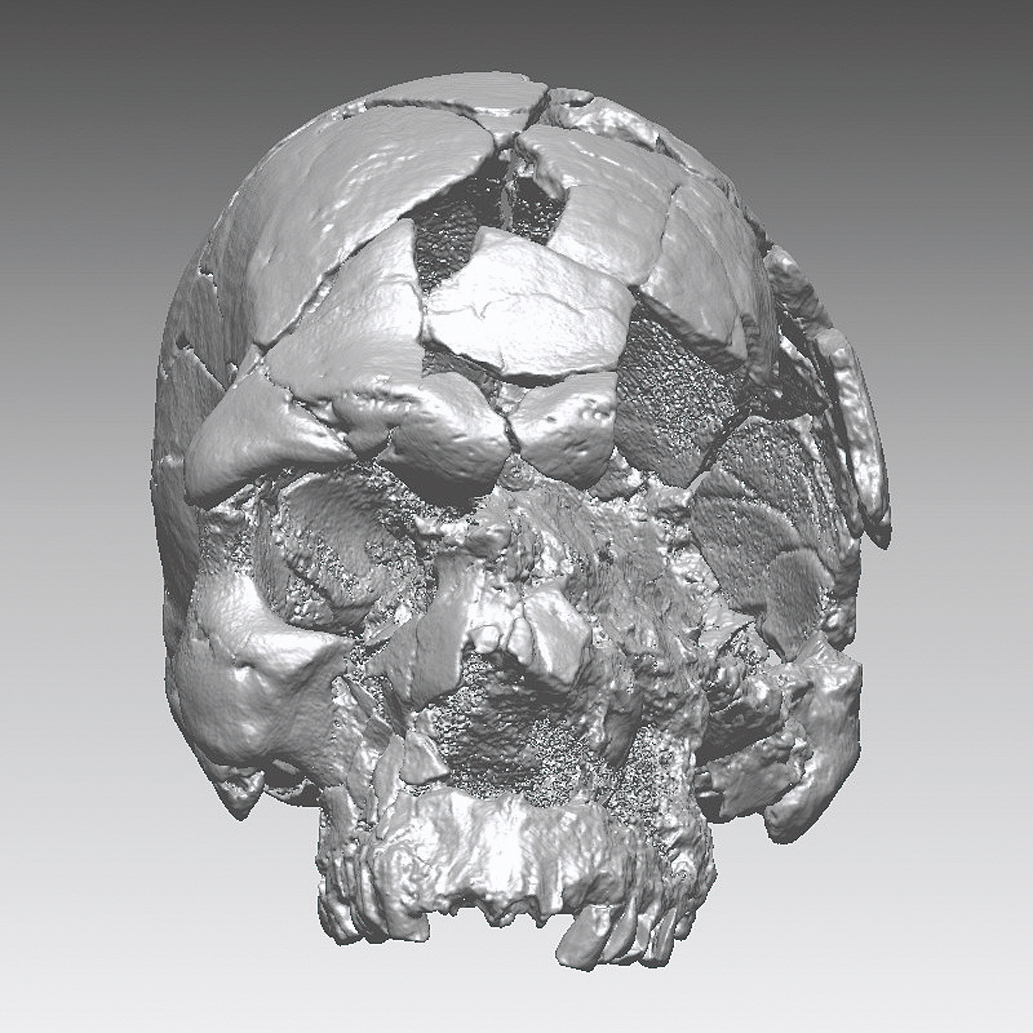B51
The earliest Homo sapiens
Herto man from Ethiopia
Herto man, or Homo sapiens idaltu, was discovered in 1997 in the Middle Awash Valley near the Afar village of Herto. The fossil is dated to approximately 160,000 years ago. It was described in Nature in 2003, as the then oldest known anatomically modern Homo sapiens fossil. In the original metric analysis, the Herto cranium lies outside the multivariate cloud of modern human populations as represented by the W. W. Howells data set. Morphological distinctions include a large maximum cranial length, some large facial dimensions, and a protruding and flexed posterior cranium. The two Omo skulls show broadly similar morphologies but span the more advanced and primitive sides of the range of variation. Further well-dated finds from eastern Africa are needed to establish intra and inter-populational variation of this important time period, just prior to the actual out-of-Africa dispersal events of the Late Pleistocene. (Gen Suwa)
References
諏訪 元・洪 恒夫(2006)『アフリカの骨、縄文の骨―遥かラミダスを望む』東京大学総合研究博物館。
White, T. D. et al. (2003) Pleistocene Homo sapiens from the Middle Awash of Ethiopia. Nature 423: 742–747.


